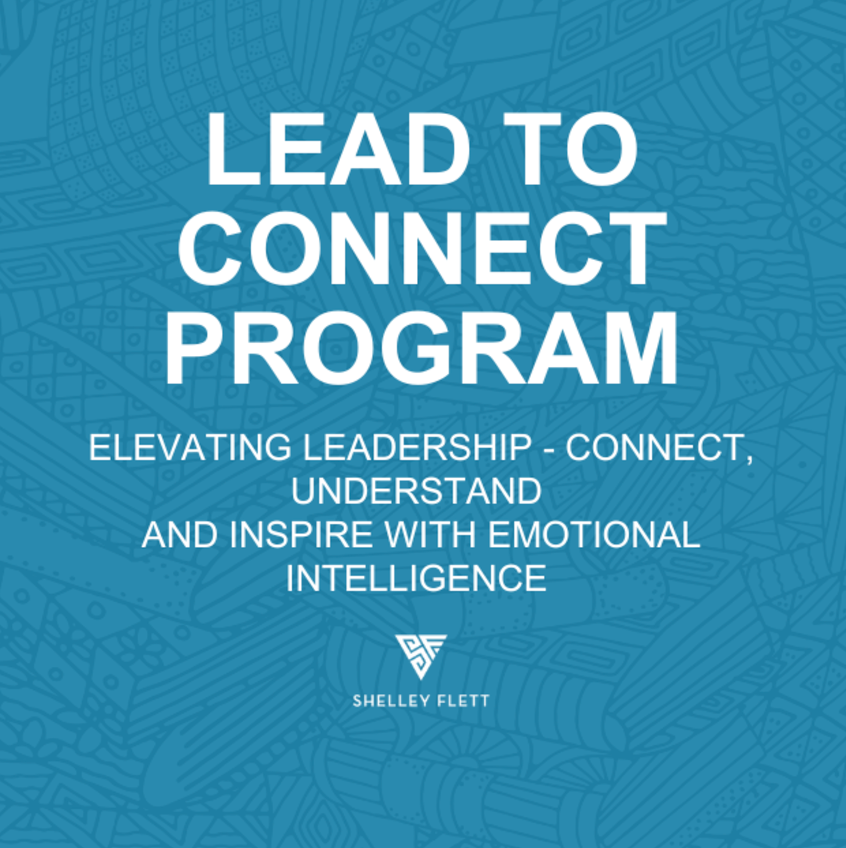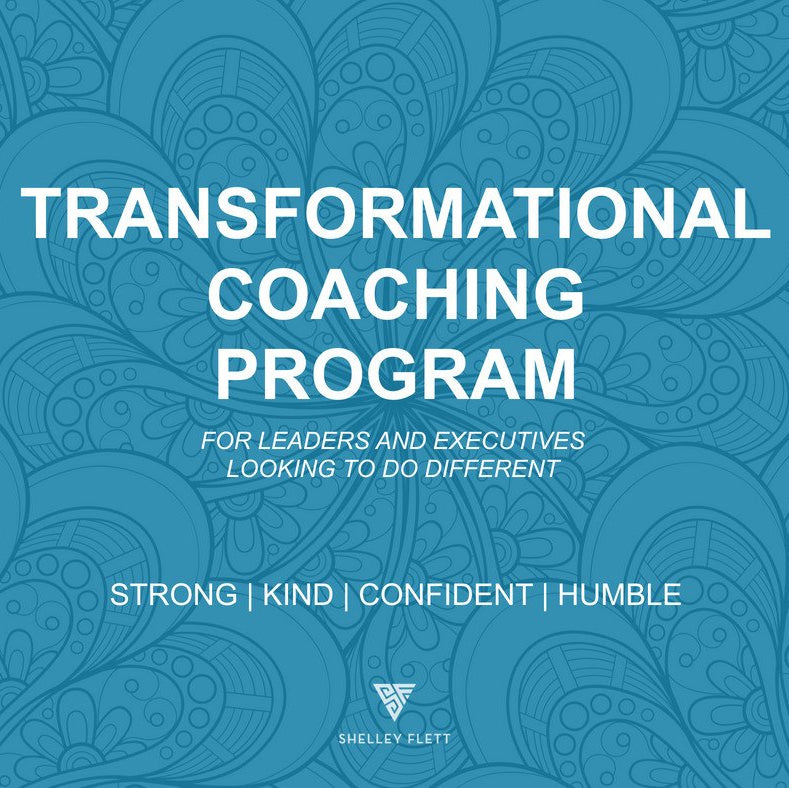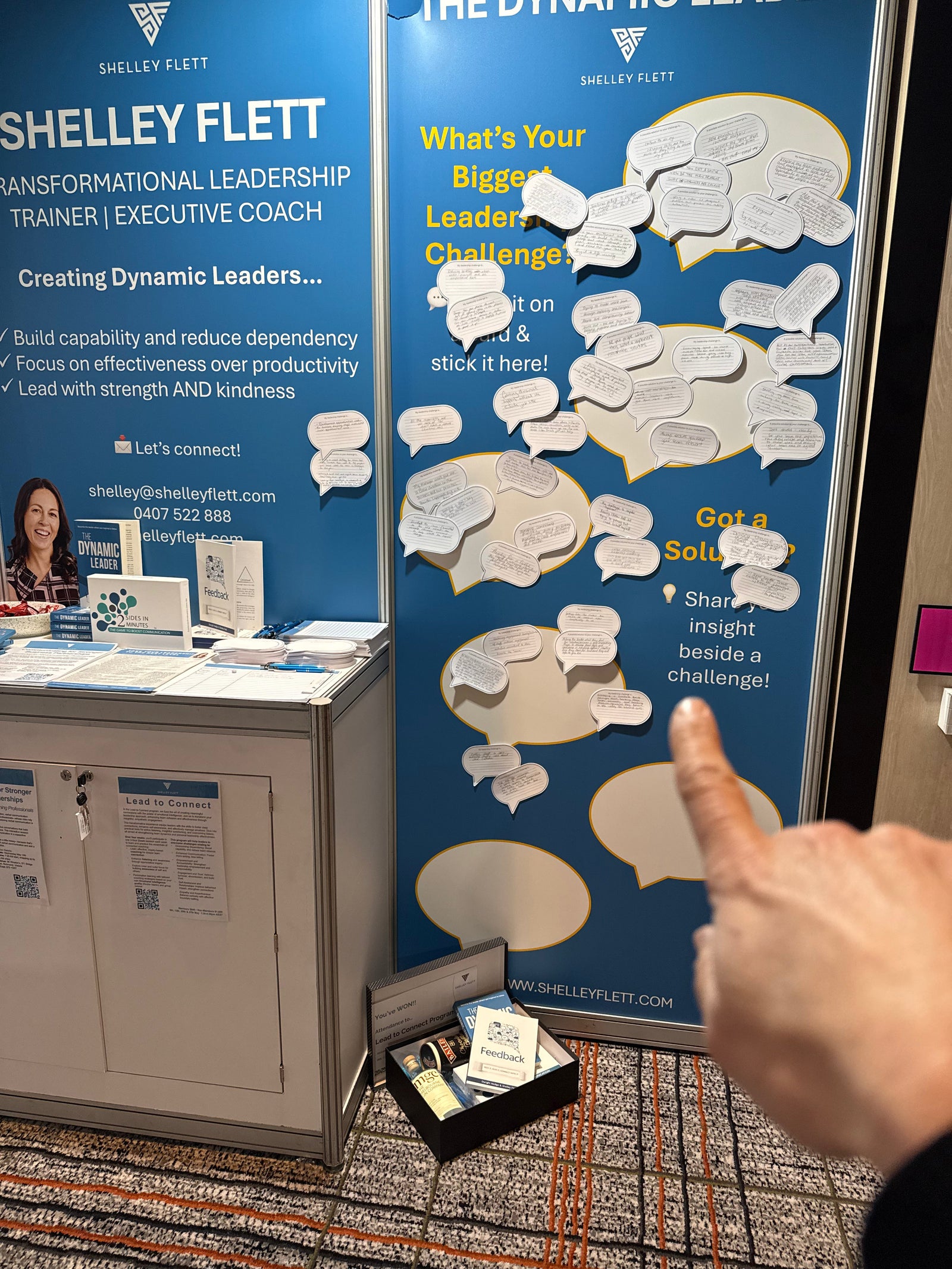In early May, I had the privilege of hosting an interactive exhibit at the Auscontact National Conference, where leaders from across the industry came together to share their real-life leadership challenges.
The “Leadership Wall” was created to bring these challenges to light and harness the collective wisdom of our community to offer practical solutions. The engagement was outstanding, and the insights shared were both honest and actionable.
Below, you’ll find the exact contributions from the Leadership Wall—real challenges, peer solutions, and my own reflections.
I invite you to read through them, reflect on your own experiences, and consider how these insights might help you move from a place of reactivity and overwhelm to one of clarity, confidence, and sustainable high performance.
Leadership Wall: Challenges, Solutions & Reflections
My leadership challenge is managing competing priorities, continuing to drive performance, preparing one-on-ones, and maintaining staff engagement and morale.Anonymous
A possible solution to your challenge is preventing fear in frontline agents to overcome objections they haven't heard before but paralyse them from trying new techniques. Anonymous
Shelley’s thoughts – What is the smallest, simplest action you could take daily that would gradually ease this challenge over time? I love the idea of continuous 1% improvements. We often overcomplicate things when the real solution is usually simpler. It’s the discipline of repeated actions that has the biggest impact. In this case, it might be as simple as eating the frog for breakfast (metaphorically speaking).
“Eat a live frog first thing in the morning and nothing worse will happen to you the rest of the day.” – Mark Twain
This concept encourages tackling your most important or difficult task first thing in the day to reduce procrastination and build momentum.
My leadership challenge is my manager won't give me a clear direction on the business and our priorities.Anonymous
A possible solution is to escalate the issue quietly to the CEO to create necessary change. – Darren
A possible solution is to workshop a short and long-term plan together, outlining strategies and timelines. – Kirrallee
Shelley’s thoughts – It might help to frame this as a development opportunity for your manager. Ask for their support in managing stakeholder expectations more proactively. Invite them to co-create a compelling narrative about where the business is heading and why. Framing it as a request for guidance on how to communicate the broader vision might encourage them to open up and provide clearer direction.
My leadership challenge is getting staff to care—actually fully care—about the customer.Anonymous
A possible solution is to bring real-life customers in front of teams to show the genuine impact their work has. – Caitlin
Shelley’s thoughts – The quote that comes to mind is, “If you take care of your employees, they will take care of the customers.” – Richard Branson
This highlights that when leaders truly care for their people, they naturally create an environment that leads to great customer experiences. Could there be more opportunities to demonstrate genuine care for your team in ways that matter to them—connecting their work to its impact on customers and the broader purpose?
My leadership challenge is maintaining engagement activities without them becoming the norm or losing impact. Chris
A possible solution is to create a rotating well-being team to generate low-cost, creative engagement activities—like CX Monday, 58-squat challenge, or Harmony Week celebrations. – Beck
Shelley’s thoughts – Any activity done regularly will eventually become expected. The key is to change it up often—keep things fresh. Monthly variety keeps energy high without locking into one specific expectation. I also agree with the suggestion above—give the team ownership. Position it as an opportunity for creativity and contribution, not an obligation or entitlement.
My leadership challenge is maintaining staff motivation while waiting for development opportunities to arise.Deirdre
A possible solution is to create a visual strategy that clearly links team efforts to business purpose and priorities, and to continue advocating for the team at the executive level. – Andrea
Shelley’s thoughts – In one-on-ones, ask your team how they can stay motivated in the short term—and support the strategies they suggest, as long as they’re realistic. It might also be a great time to connect them with other areas of the business, especially if helping others boosts their sense of contribution and growth.
My leadership challenge is having all the responsibility but none of the resources or direct reports (functional role). Kristen
A possible solution is to shift from opinion to data-led insights—leadership invests where outcomes are proven.
Shelley’s thoughts – I love this challenge—it’s all about influence. First, build strong, trusting relationships with stakeholders. Deeply understand their pain points and priorities. Relationships are your currency. Second, secure a senior sponsor who can set expectations, support your efforts, and hold others accountable. Third, track and share your wins—especially with dollar-based metrics. Communicate progress regularly and visibly.
My leadership challenge is being pulled into too much detail because leaders constantly refer to me. Tonya
A possible solution is to ask leaders what they believe the answer is. Encourage their confidence and reduce dependency. – Sam
Shelley’s thoughts – The question I always come back to is: “For what purpose?” I ask it of myself and of those who come to me for solutions. It creates space to pause and consider whether my focus and effort are in the right place—or whether I’m stepping in when I shouldn’t.
My leadership challenge is managing a remote overnight team and tracking ad hoc tasks/productivity during idle time. Anonymous
A possible solution is to explore cross-skilling opportunities during idle time that can be tracked by other teams’ workflows.
Shelley’s thoughts – This might be a case for exploring tech solutions. There are AI-driven tools like Copilot or Toggl Tracker that help track activity and productivity. My EA uses Toggl Tracker to manage her hours—it’s easy, effective, and there’s a free version.
My leadership challenge is imposter syndrome—knowing I’m capable but still doubting myself. Vicky
A possible solution is leadership or career coaching to build confidence and recognise your worth. – Beck
Shelley’s thoughts – The question I’d ask is: “How is your imposter syndrome serving you?” I find it useful when it shows up occasionally—it keeps me humble, curious, and open to learning. It’s not always a bad thing. The trick is knowing when and why it appears, and what you choose to do with it.
My leadership challenge is driving change when senior leaders (except one) aren’t on board, which affects credibility. Helen
A possible solution is recognising when leadership change is needed and ensuring the right people are in place.
Shelley’s thoughts – The real work here is influencing senior leaders. I’d approach it long-term, one leader at a time. Relationships are key, as is adapting your approach to suit different personalities. When one method doesn’t work, I try another. If I run out of ideas, I talk to others and borrow theirs. I’m persistent when it matters.
My leadership challenge is getting leaders to do the one or two most important things consistently. Anonymous
A possible solution is to tie those things to KPIs and track them regularly.
Shelley’s thoughts – Repetition, persistence, and consistency are essential. Connect the tasks to purpose—whether it’s business goals, team values, or customer outcomes. Tailor the conversation to what motivates each person. People are more likely to do the right things if they care about why those things matter.
My leadership challenge is shielding my team from confusing senior exec direction while maintaining clarity, hope, and inspiration. Andrea
A possible solution is not to shield—but to clarify, translate expectations, and ensure aligned direction. – Jade
A possible solution is to act as an intermediary, translating vision into clarity and positivity for your team. – Glenn
Shelley’s thoughts – Rather than shielding, perhaps use a metaphor to help translate the complexity. One I’ve used: “Our systems are like the MCG covered in spaghetti—tangled over years, and now difficult to unravel.” When teams understand the why through metaphor, it builds empathy and clarity.
My leadership challenge is gaining divisional support without a C-Suite title.
A possible solution is to network, show up, and make your work visible. The more people know you, the more they listen.
A possible solution is to keep using storytelling and influence to create momentum. – Kristen
Shelley’s thoughts – If possible, find a C-Suite sponsor who can champion your cause. If that’s not an option, double down on stakeholder relationships. Understand their pain points so you can align your message to their world—not just yours.
My leadership challenge is getting a simple view of the main reasons customers are calling.
A possible solution is to use a modern CX platform that automates this reporting. –John
A possible solution is to use analytics to unpack the “why” and innovate to reduce call volume. – Beck
Shelley’s thoughts – I agree with both suggestions—this is where smart tech, especially platforms with AI capabilities, can make a huge difference.
My leadership challenge is reducing backlogs with an under-resourced, inexperienced team. Shelley B.
A possible solution is to redesign the process for efficiency—remove blockers and simplify. – Teagan
Shelley’s thoughts – It’s easy to get reactive in backlog situations. Instead, take a step back, assess the issue, and choose a course of action. Once you’ve identified the right path, communicate milestones and manage expectations clearly across the business.
My leadership challenge is doing all the important background work and planning strategies while still having time for my people in an organic way, open door. Kat
A possible solution to your challenge is: always ensure you keep your team relevant. Anonymous
Shelley’s thoughts – having a well-managed calendar is super helpful for this. I’ve learned not to accept every invite I’m sent and to avoid running from meeting to meeting just to meet everyone else’s expectations. If I prioritise time for myself and my team first, I can then slot everything else around that. It’s about shifting from reactive to intentional.
My leadership challenge is sometimes getting too excited and wanting things to happen a little too fast for my team. Mary
A possible solution to your challenge is: use your excitement and energy to build a story first. Map out the concept, change plan, solutions to obstacles and road test your theory. Bring it to life visually. Tanya
Another possible solution is: create a visionary roadmap and display it so you can stay excited (heading in the right direction) and your team can see it’s planned, purposeful and intentional. And remember—it’s a slow road; it’s not going to happen overnight. E.g. Z can’t happen before X, N or Y. This gives them clarity and comfort. Beck
Shelley’s thoughts – I always think back to the line from Kung-Fu Panda: “Patience, grasshopper.” Another useful insight is from Liz Wiseman’s work on The Six Accidental Diminishers. These are well-intentioned leadership behaviours that can unintentionally limit a team’s contribution:
- The Optimist: always sees the bright side but may unintentionally dismiss others’ struggles.
- The Rapid Responder: jumps in too fast with answers, limiting others’ problem-solving.
- The Pace-Setter: moves fast to motivate, but can overwhelm others or make them give up trying.
- The Rescuer: steps in to protect people from discomfort, but may block growth and trust.
- The Idea Guy/Fountain: floods the team with ideas, making it hard to focus or follow through.
- Always On: brings high energy but can unintentionally dominate space and leave little room for others.
Recognising when we might fall into one of these patterns allows us to pause, step back, and create more space for our team’s thinking, learning, and growth.
My leadership challenge is keeping my team motivated and energised to look at every challenge thrown at us as an opportunity to reflect and improve our people and company. Lindell
A possible solution to your challenge is: engagement—increase frequency of one-on-ones with leaders. Anonymous
Another possible solution is: make that a goal through reflection and celebrating wins at meetings or using gamification tools. Encourage team members to share stories of overcoming challenges—what’s hard for one may be easy for another. Leverage learning and development tools that support this mindset shift, including through mandatory training. Kerren
Shelley’s thoughts – perhaps looking at the solution from a cultural perspective might work. Do you have organisational values or a team charter you could use to frame a narrative that energises your team and embraces challenge? When we reframe challenges as “building muscles” or “strengthening our core,” the discomfort feels worthwhile—because it’s contributing to something bigger: our long-term resilience, adaptability, and health.
My leadership challenge is engaging with frontline staff who have high instances of unplanned leave, now unpaid, as their thought process on work is casual, ‘I'll come in when I need to and don’t always need to’.
A possible solution to your challenge is: use an attendance management program. Review your policies, EBA, and working arrangements. Engage HR. Use absence calendars to highlight patterns, address behaviours, and hold people accountable. Beck
Another possible solution is: run return-to-work meetings for all staff who have taken sick leave—even when they go home sick. These are not about reprimand, but care: to show their absence is noticed, and to talk about implications for the team, business, their wellbeing and pay. Once this becomes normalised, unplanned leave tends to decrease and engagement increases. Scott
Shelley’s thoughts – I love the broader conversation of “What do you want in your career?” and “For what purpose?” This gives insight into someone’s drivers and motivations. From here, you can build a narrative that’s relatable and resonates with what they care about. It’s not one conversation—it evolves over time—but the goal is to shift their engagement by meeting them where they are. Happy to talk through examples if you're interested.
My leadership challenge is encouraging agents to think outside the box and use all resources before going into busy panic mode during periods of high volume. Georgina
A possible solution to your challenge is: empower leaders more—give them more confidence. Tonya
Shelley’s thoughts – I’ve found that practicing mindfulness and making space in my day just to sit and ponder really expands my thinking. I need stillness and quiet to surface ideas. Building this habit in the quieter times means it becomes second nature in the pressure moments. It’s a skill that compounds.
My leadership challenge is trying to make work fun through capacity challenges. People are complaining about burnout. We are trying to balance hygiene and motivation factors. Hannah
A possible solution to your challenge is: ask people what they want and implement reasonable solutions. Anonymous
Shelley’s thoughts – the 2 Sides in 2 Minutes game was actually designed for challenges like this, Hannah. Playing it weekly with your team teaches them to expand their perspectives and think differently. It also brings lightness and energy. If you're wanting to shift mindset, it’s a really effective tool—and it’s fun! I also never compromise on one-on-one conversations, even during peak times. These are sacred. They reinforce that our people are our priority and allow them to influence the “fun factor” even when under pressure.
----------------------------------------------------------------------------------
Time To Take Your Leadership Further?
If any of these challenges resonate with you, know that you are not alone—and that solutions are within reach.
The path to sustainable, high-impact leadership is not about doing more, but about being more intentional, strategic, and supported.
Ready to move from exhaustion and reactivity to clarity, confidence, and influence?
- Book a complimentary discovery callto explore how one-on-one coaching or team facilitation can help you set boundaries, build resilience, and elevate your leadership impact.
- Let’s co-create a plan that brings out your best—at work and in life—so you can lead with energy, purpose, and balance.
Click hereto schedule your first conversation. Your next level of leadership starts here.
Stay kind, be strong!
Shelley :-)











Leave a comment (all fields required)